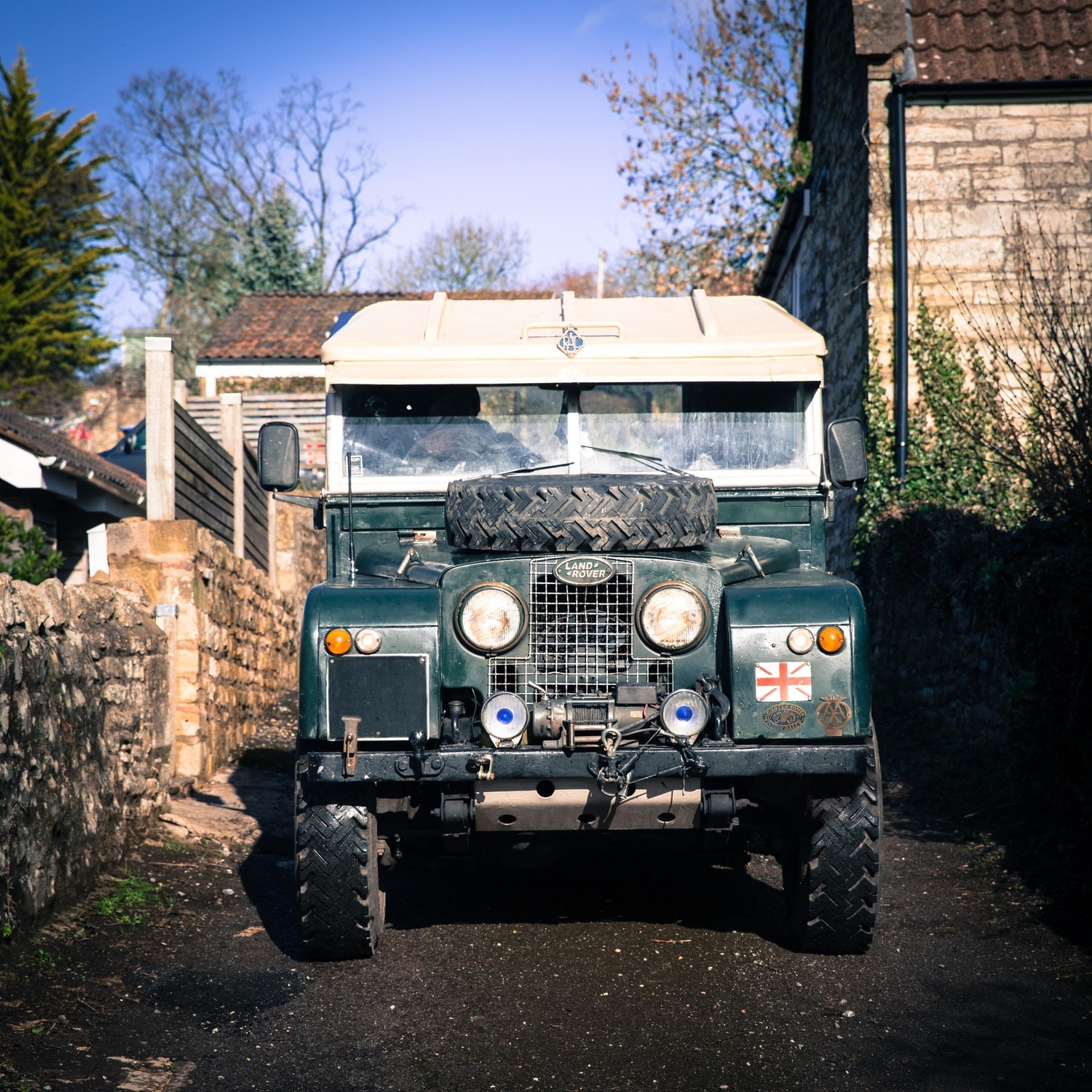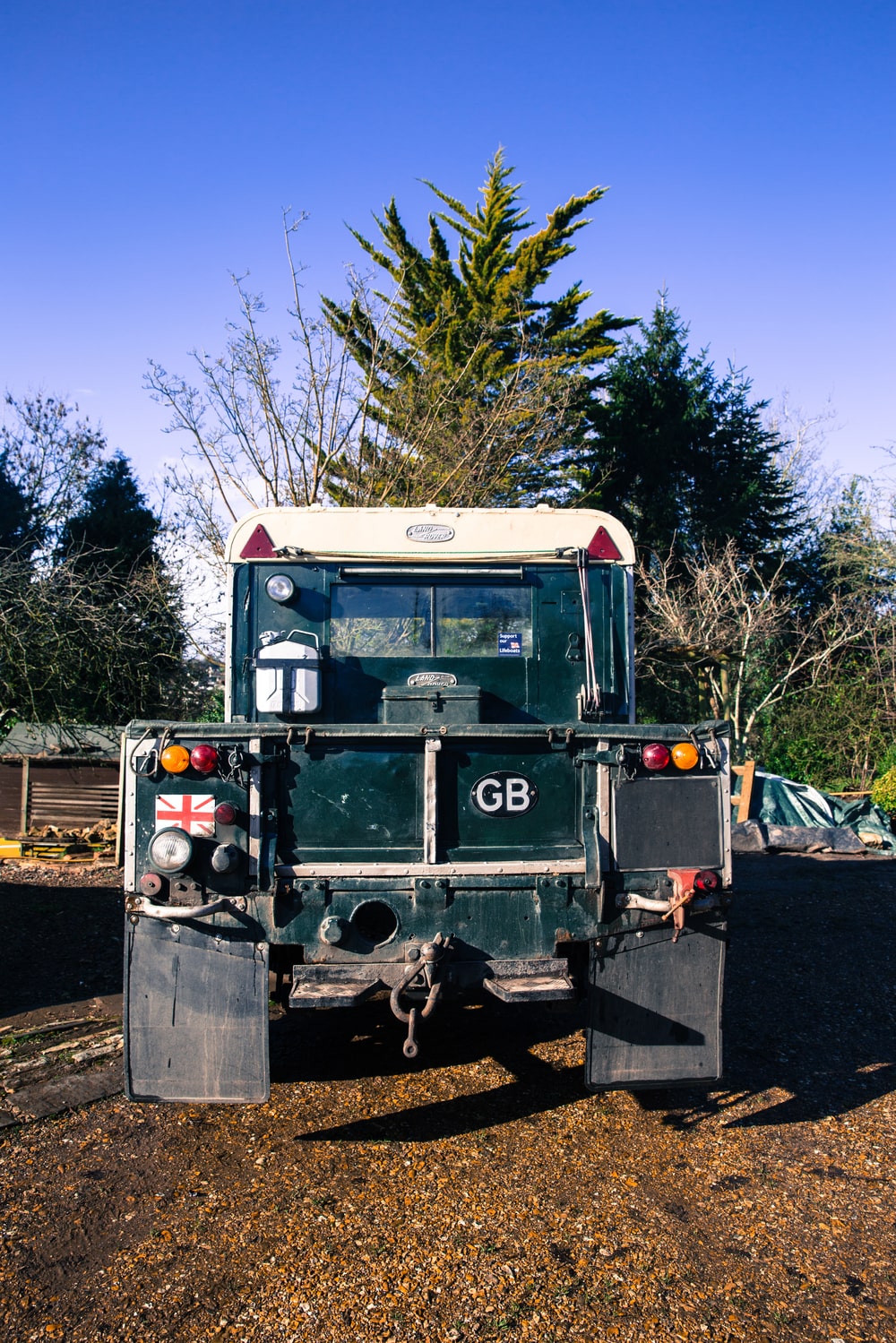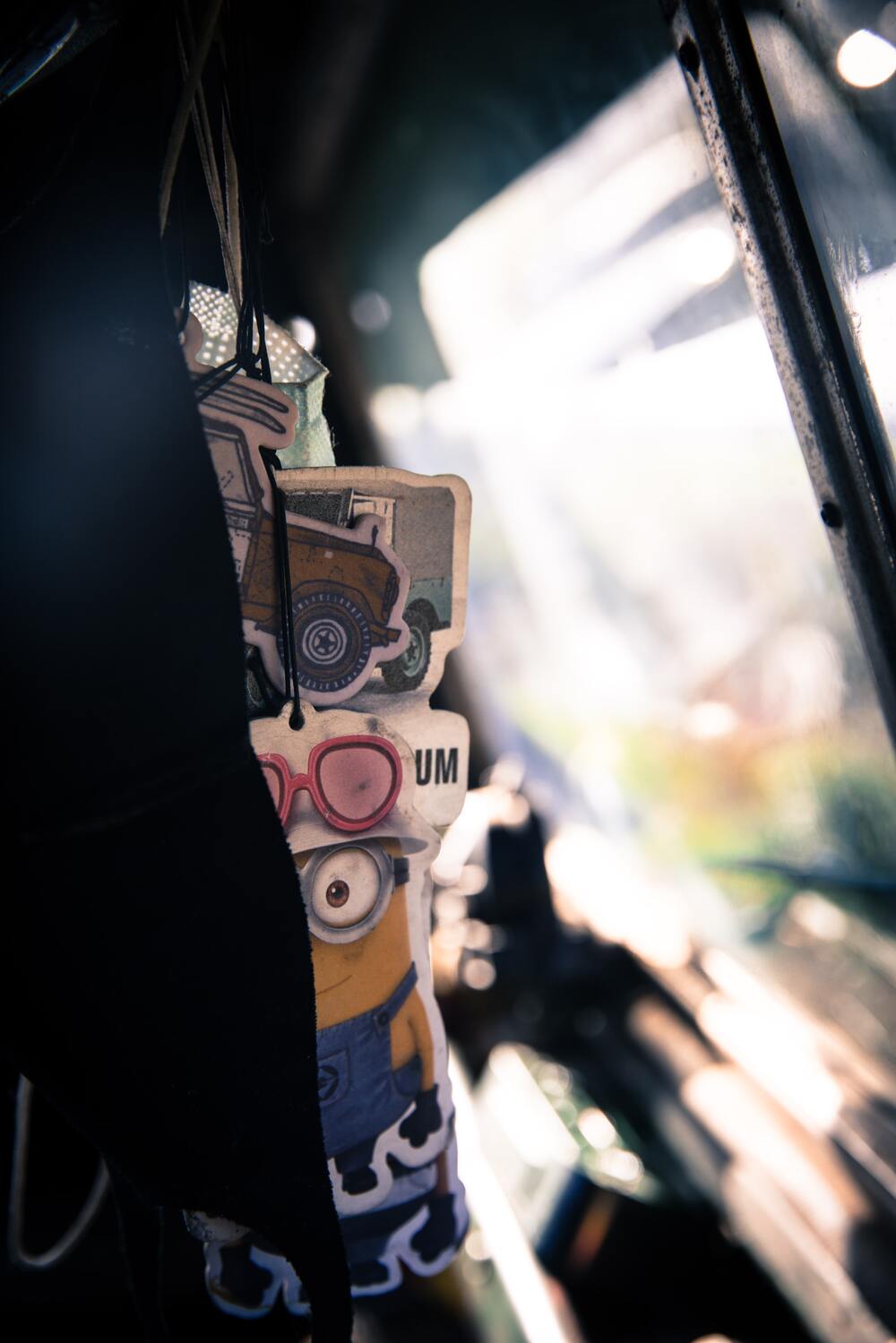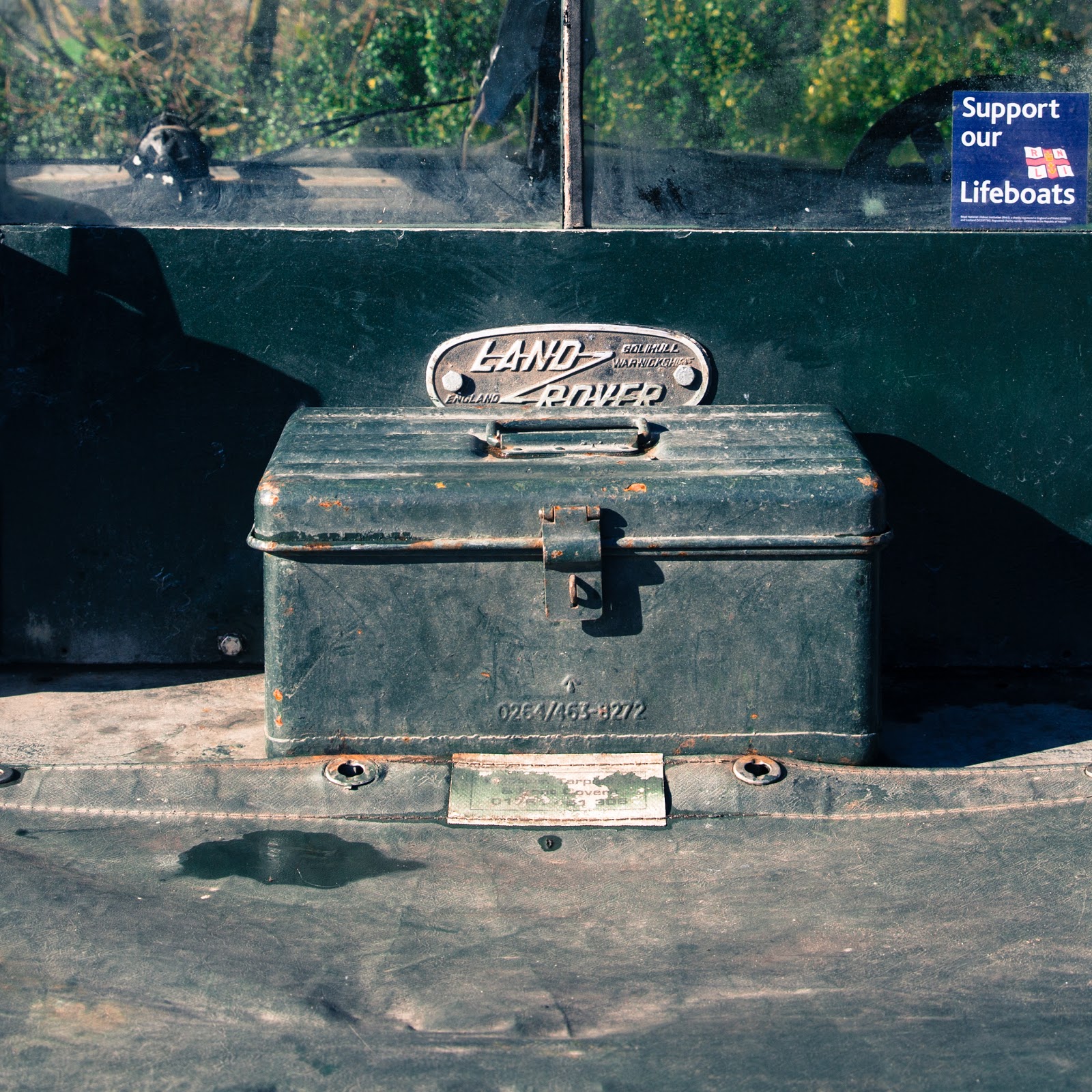" We've said it before, but there's a lovely simplicity to pure utes. And the first few iterations of the Land Rover are about as Ute as a Ute can be. The earlier Landies remind us of that immediate post-war time "

The Village Land Rover
Land Rovers are more than utility vehicles. Series 1 classics are interwoven with the communities they have served. They are work horses, but cherished with genuine emotion.

Barry Clark dragged this 1955 Series 1 out of a field near his house 15 years ago.
“It had a tree growing up through the middle of it,” says the 63-year-old Somerset-based engineer.
“When we freed him he basically broke in half,” he tells me.
“But then I just set to work and now it’s something I will have with me forever.”
It turns out that this wagon’s history is completely interwoven with that of the ex-coal mining village in which he lives.
“Once I started working on it I found out all these stories about it,” he says.
“First off, in the fifties, it was a tow truck for the garage in the village. Then, the mines bought it and they used it for transporting coal up from the pit head to the railways. Then, it was used to feed pigs with scrump from the fields – until they made it illegal to feed the pigs that way. Then, it just lay to rot for years until I got hold of it.”
This car is a physical encapsulation of the culture that created it. And in its seventh decade of functionality – it inspires more affection than ever.

The original post war Series 1 Land Rover was inspired by the American Jeep, so the oft-told story goes. But right from the start this creation was as British as tea and toast.
Without getting too misty eyed and jingoistic about it all – it’s a truth that the engineering chops built up in Britain since the industrial revolution had reached its zenith during the six-year struggle that was World War Two. When peace finally broke out, a part of this expertise was focussed on creating what is probably THE enduring totem of mid-century British engineering.
“These cars were built up with the same proper aluminium that went into Spitfires, Hurricanes and Lancaster bombers,” says Barry.
“That’s why they last. Every aspect of them was built with rigour in mind. There was no way you could make crap stuff when it was about the real consequences of war.”
It comes as no surprise then, that in these twisted times, there is a sense of comfort and fascination and, well, love, about genuine Land Rovers.
“Having this as part of your life really is something different than just having a car,” he says.
“We’ve been all over the place in him – and though the driving experience is a little basic, that’s offset by what a great time you have, all the people you meet, all the conversations you have.”

The only thing that is not original about the Land Rover is the engine. Barry replaced the 1,600 petrol lump in favour of a modern diesel.
“I wanted to actually use this car,” he says.
“With the original engine you were lucky if you got 10 miles per gallon. This way, the car can be a real practical tool and it gets used like that all the time.”
The little details on the car that Barry has added are all fully functional – and not necessarily for the sport of off-roading.
“I use the winch for dragging people and their vehicles out of hedges, or fallen trees etc. And there’s a vice there too so that I can chop wood up hands free out there in the field without having to drag big lumps of wood away.”

It’s tempting these days, with electronics shot through everything and with computer-aided design dominating everything on or off road, to fetishise objects like the series 1 Land Rover as design classics. Sure enough, their symmetrical lines, rugged aspect and inherent sense of nostalgia does make you want to cherish and preserve them.
But it’s refreshing that 70 years on from their conception, that these machines are still performing their utilitarian function. And there is, of course, nothing more human or emotionally resonant, than a machine that simply works.
Barry says: “I’ll never sell this car. I want to pass it on. There will be a time when these will just be museum pieces and everything will be driven by electric motors. That will be a sad day. This machine will keep on working. And that’s the way it should be.”
Images: John Drake
CLICK TO ENLARGE









